These styling details have made Jeeps instantly recognizable since 1941

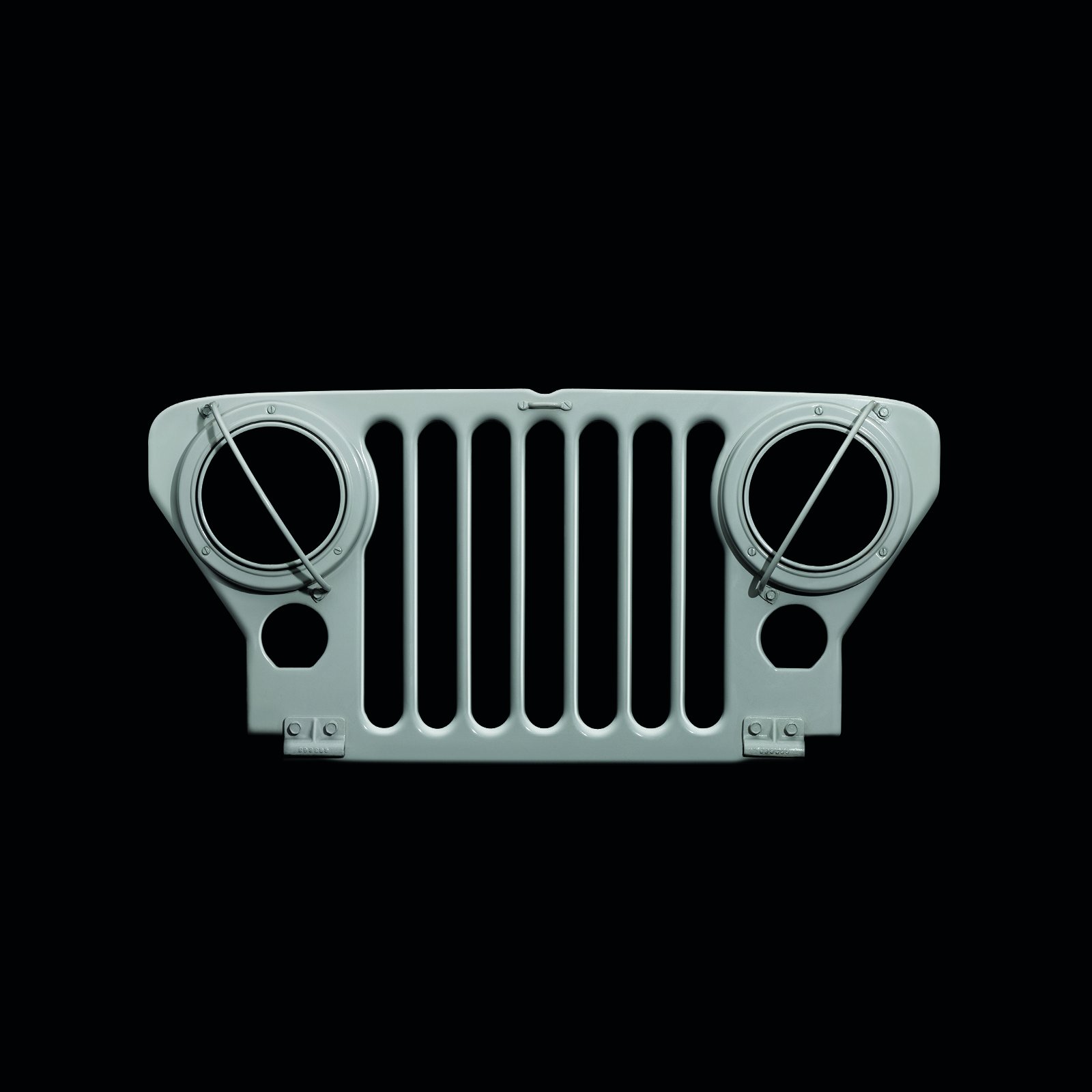


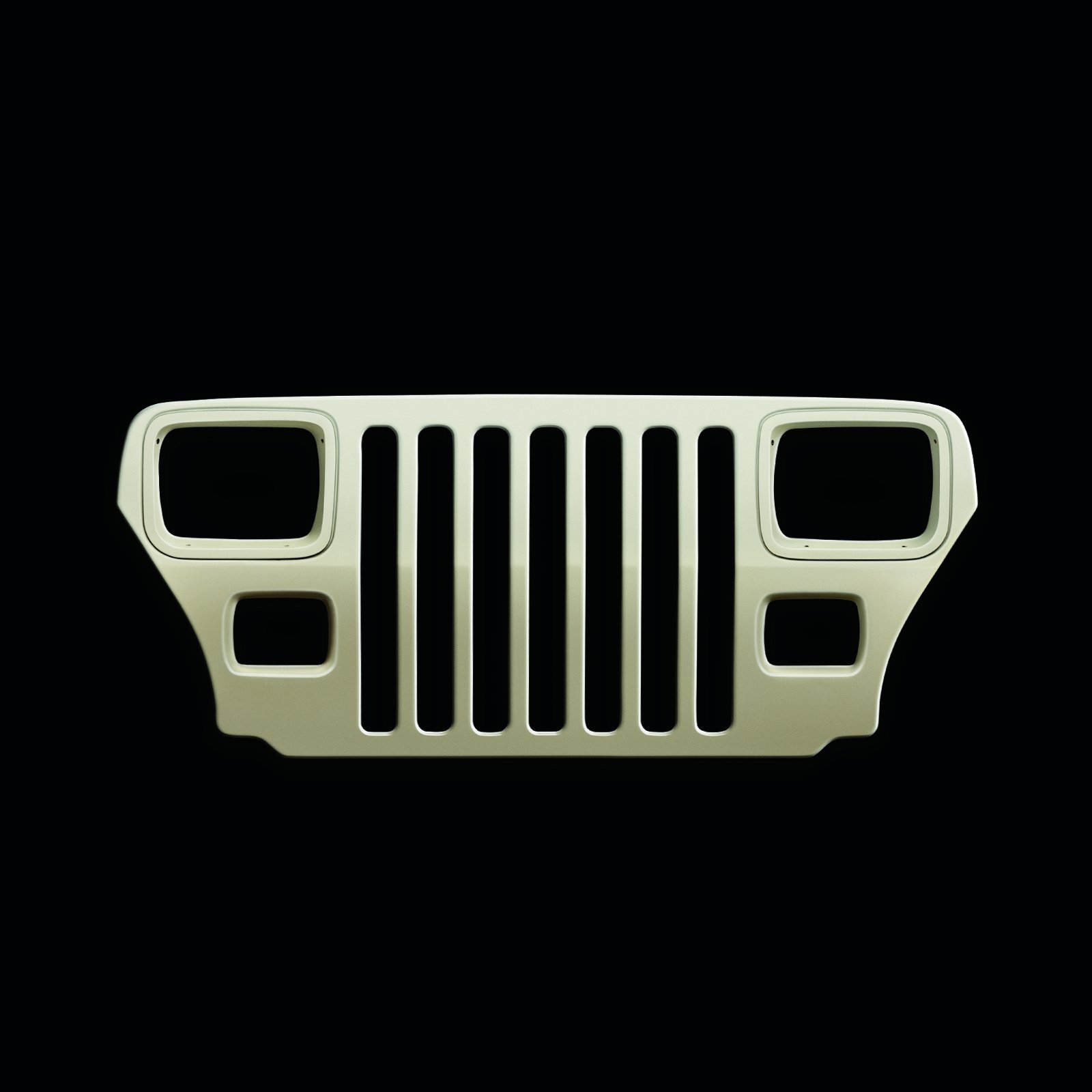
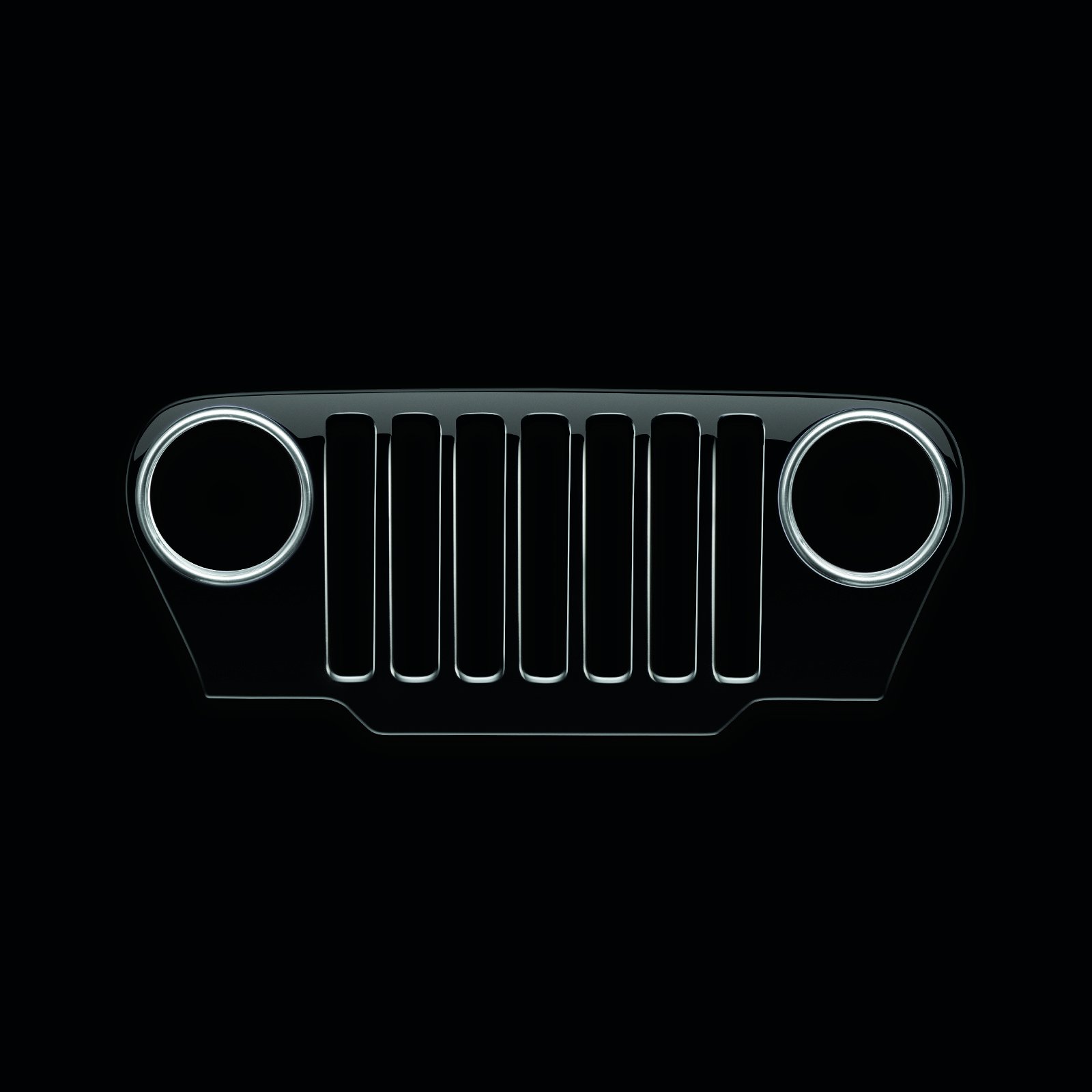
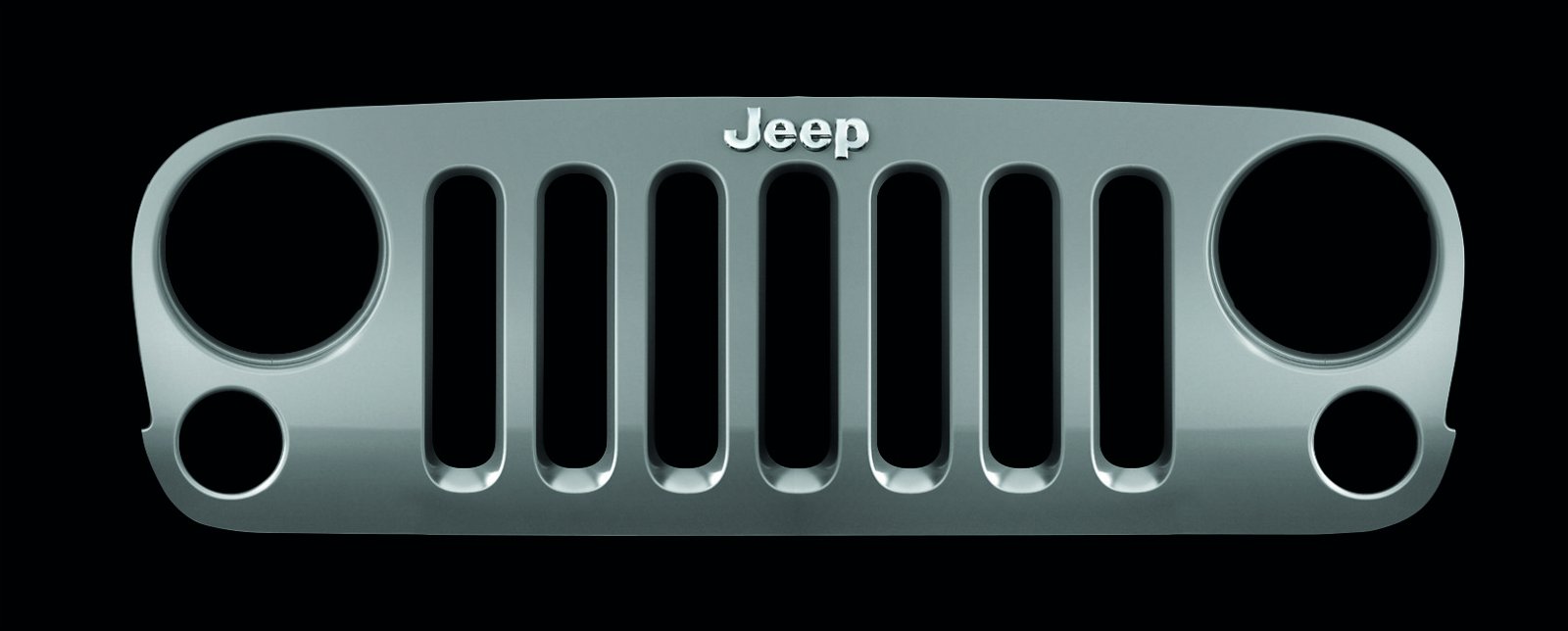
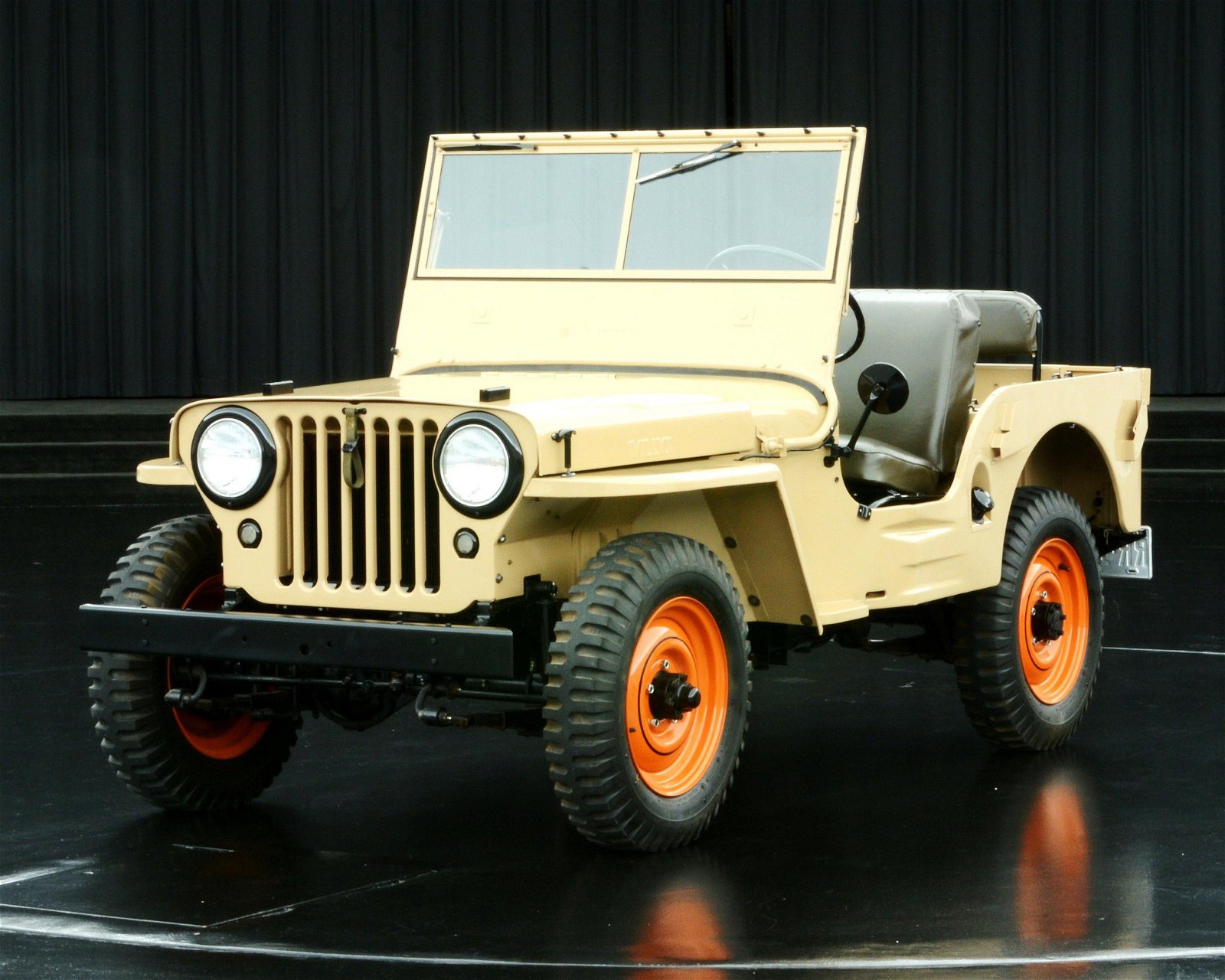
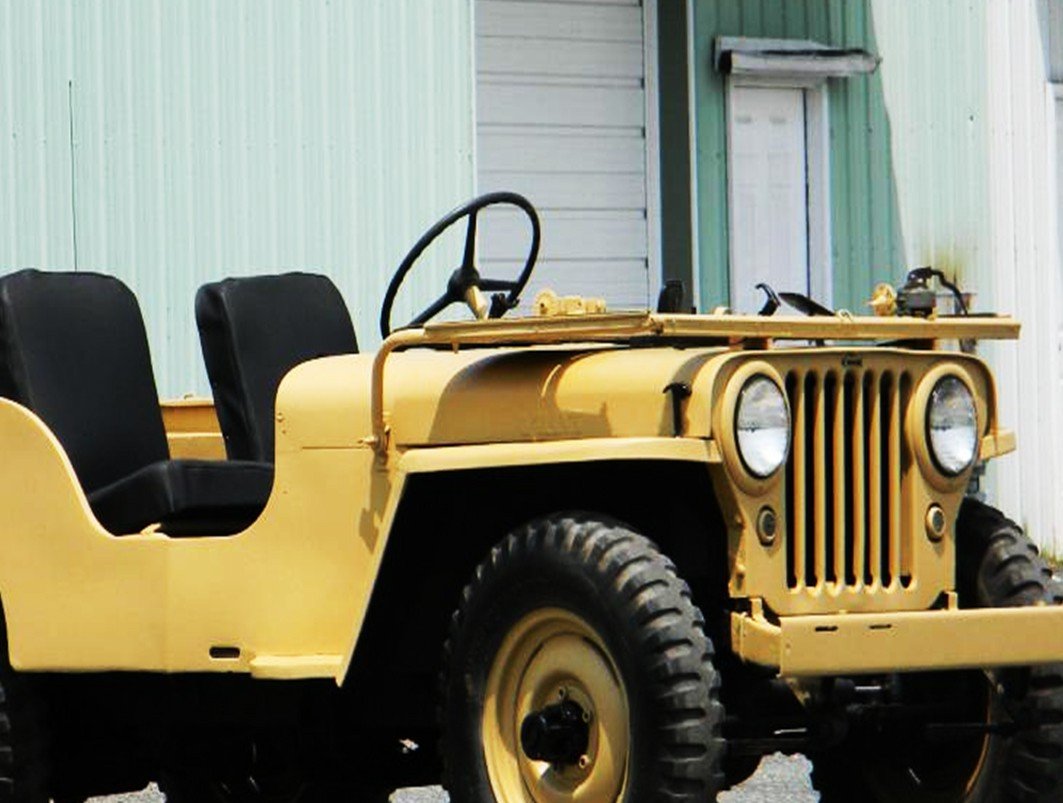
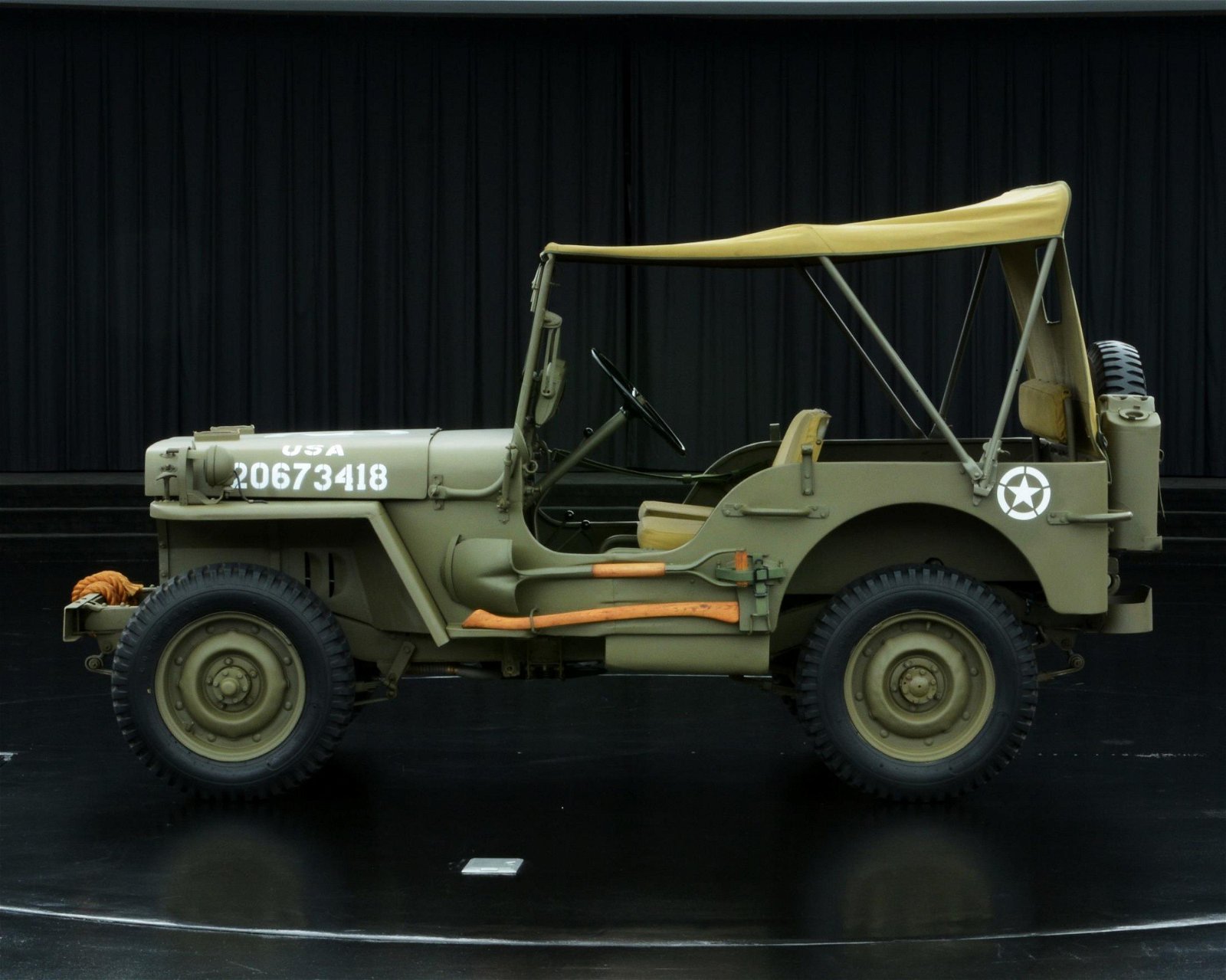
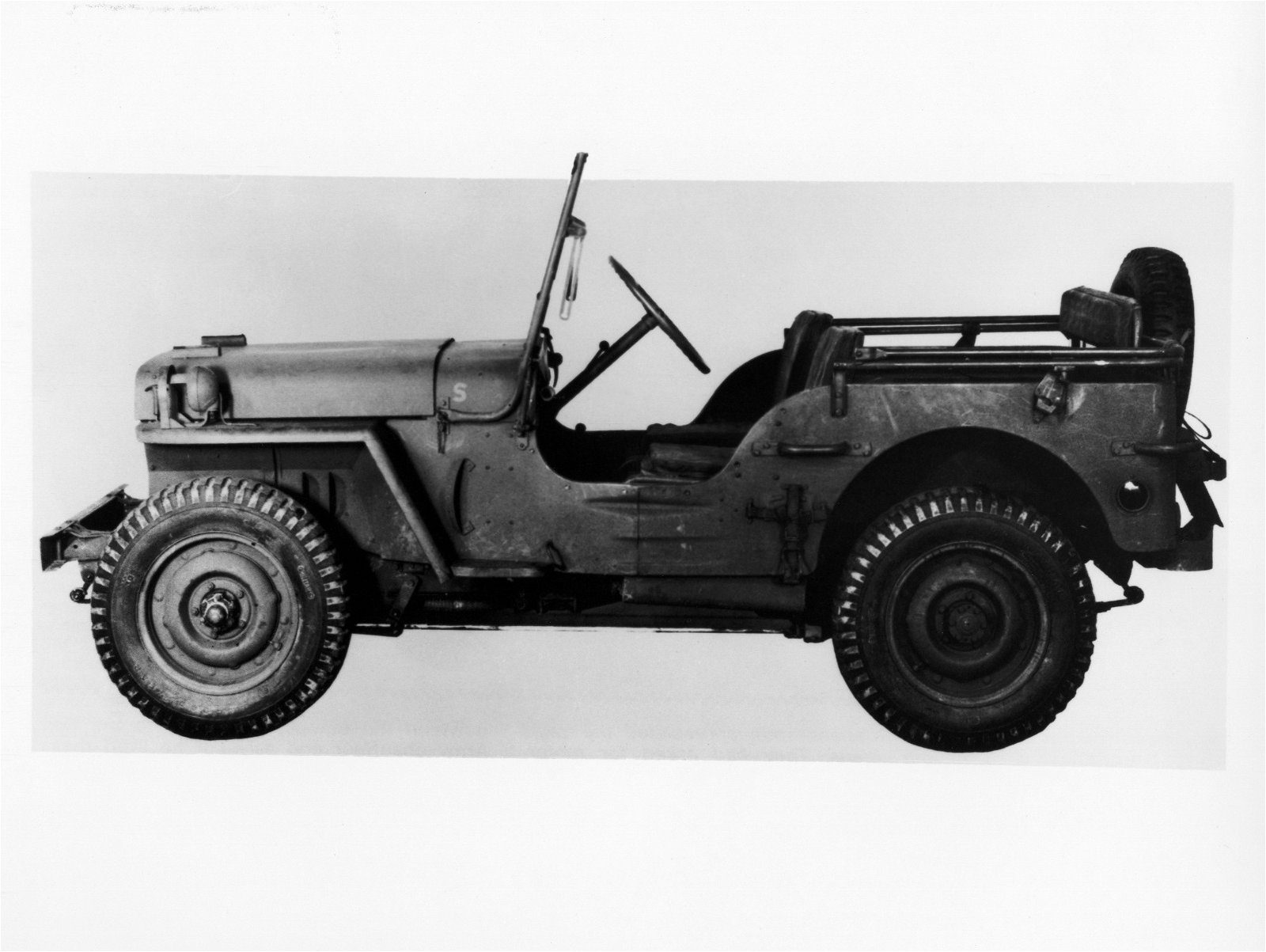
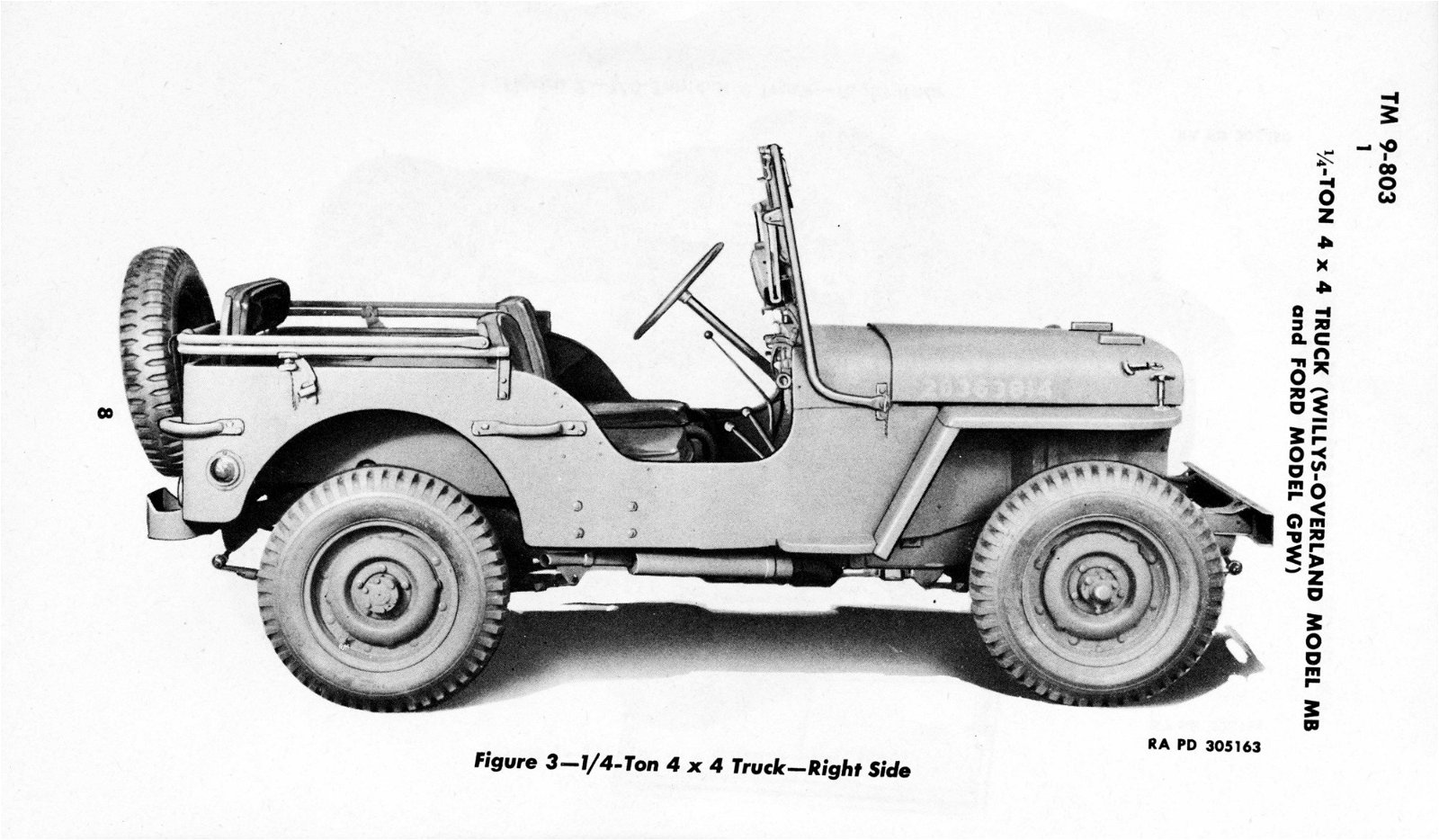
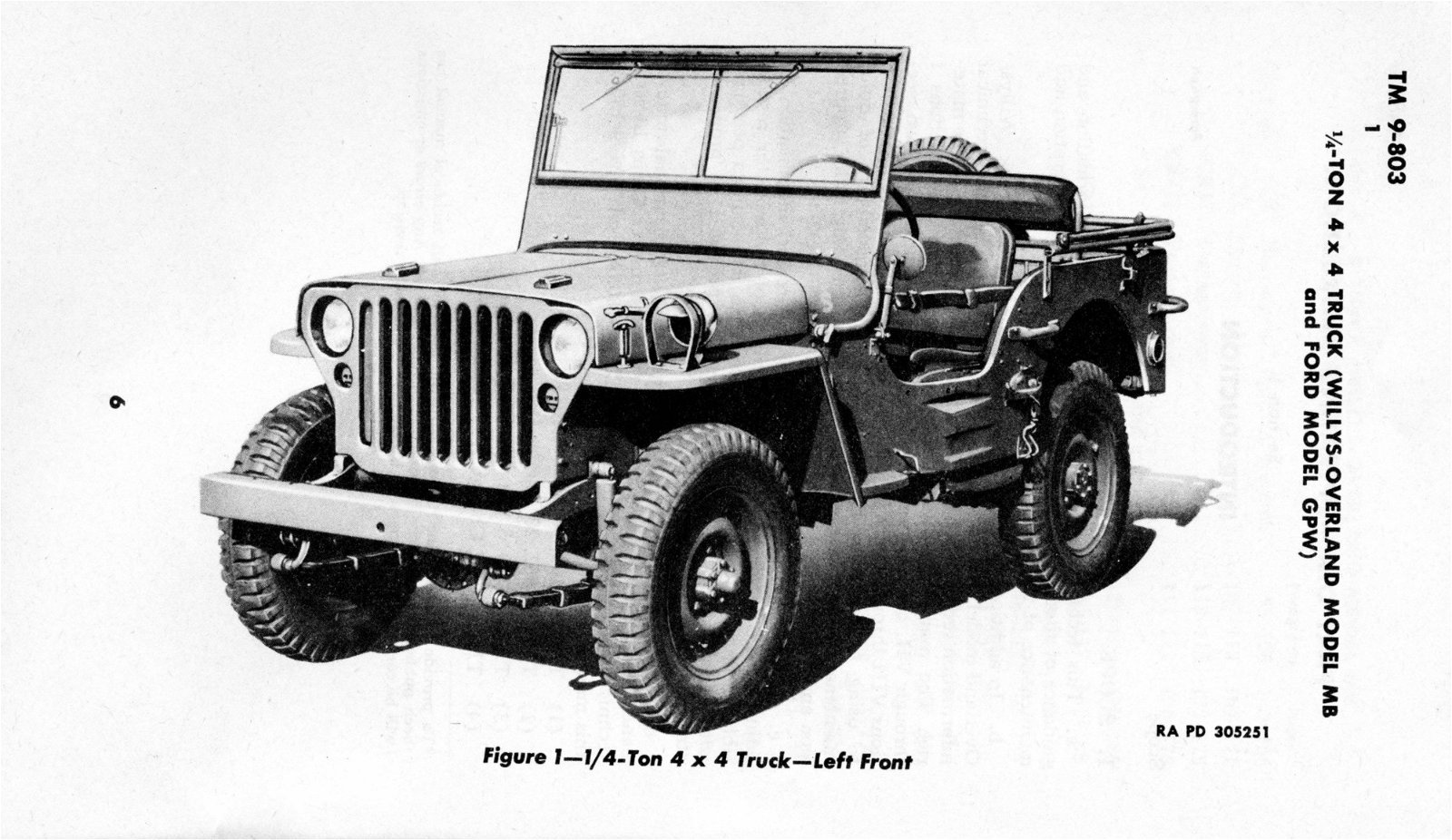
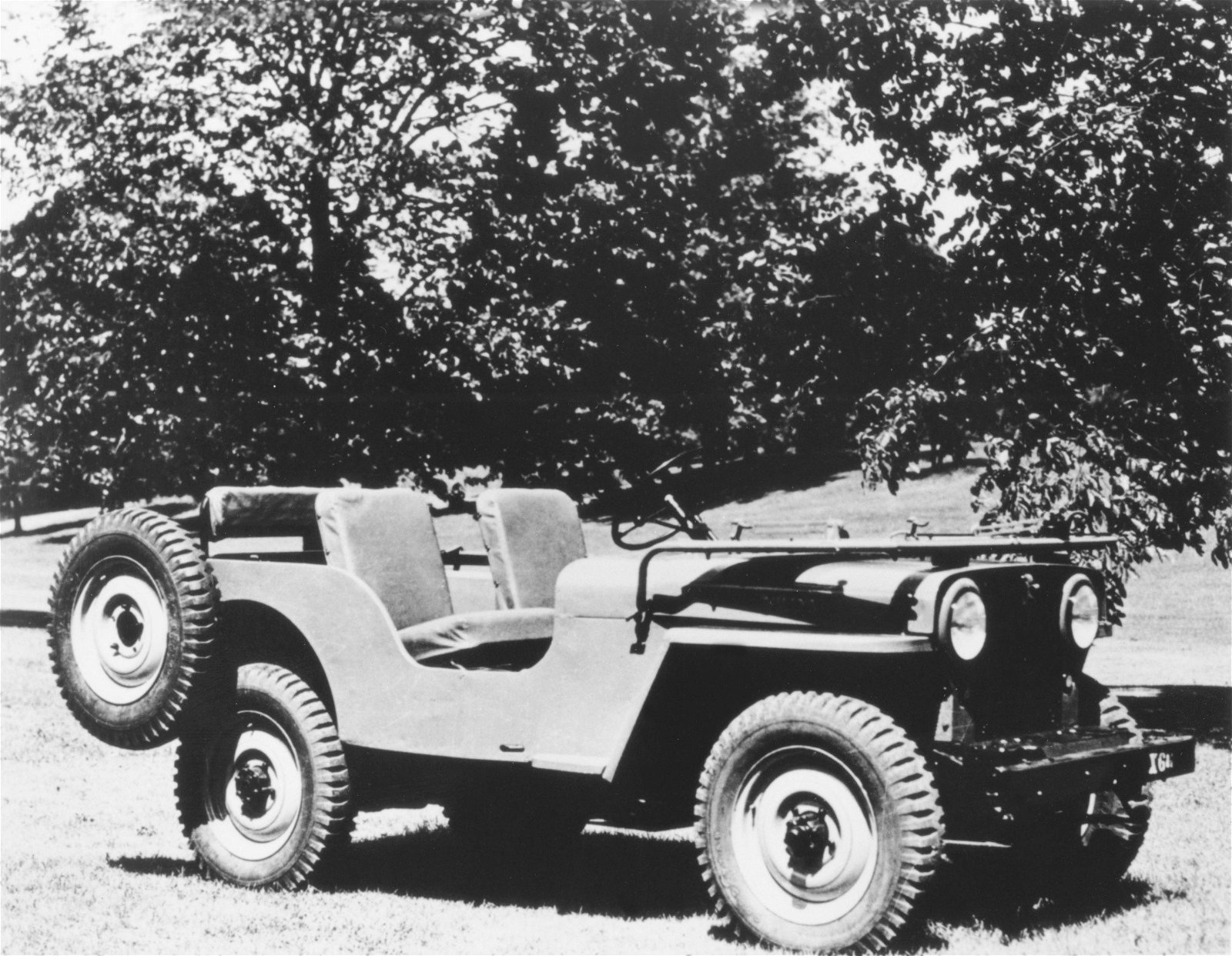
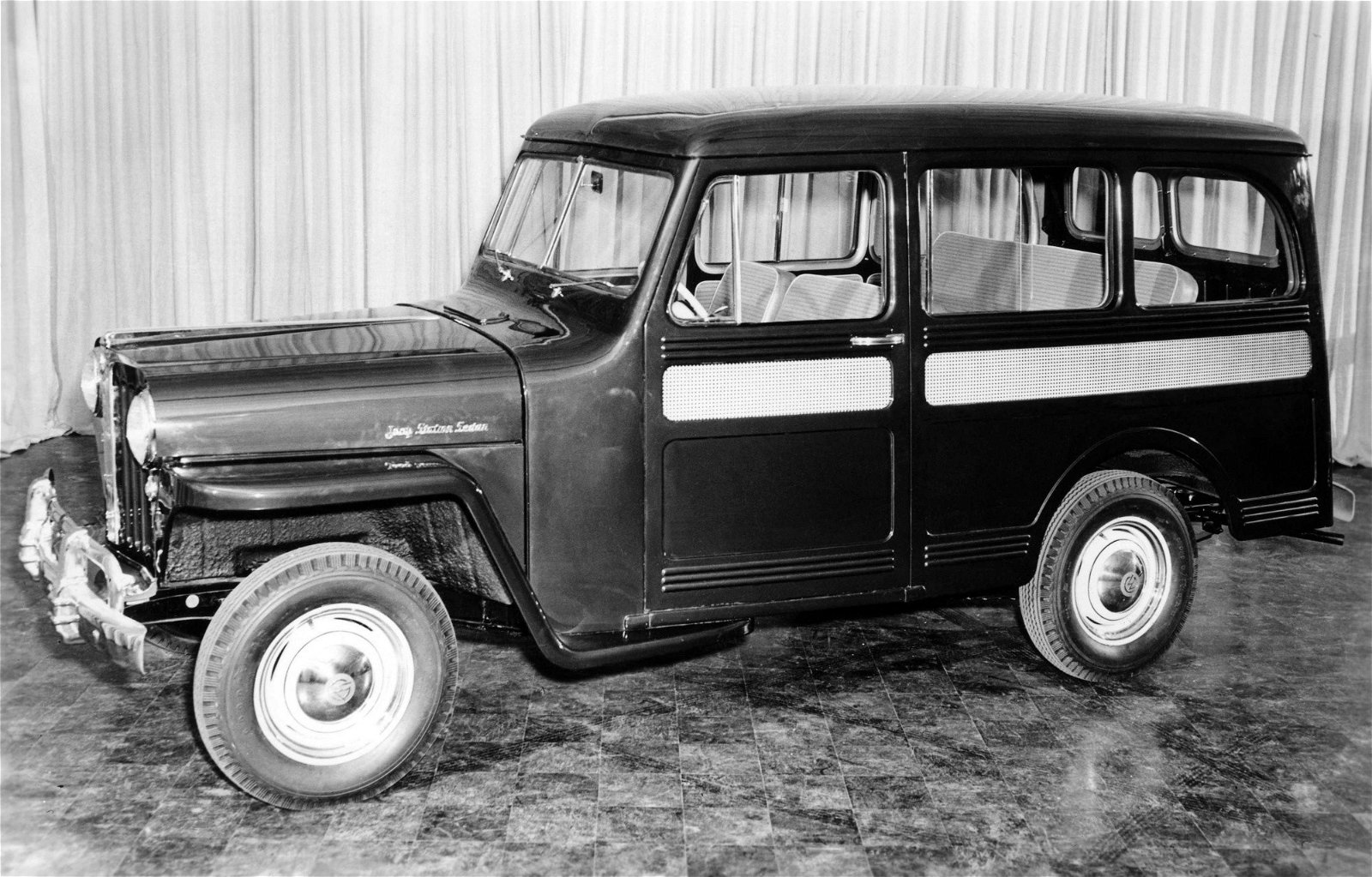
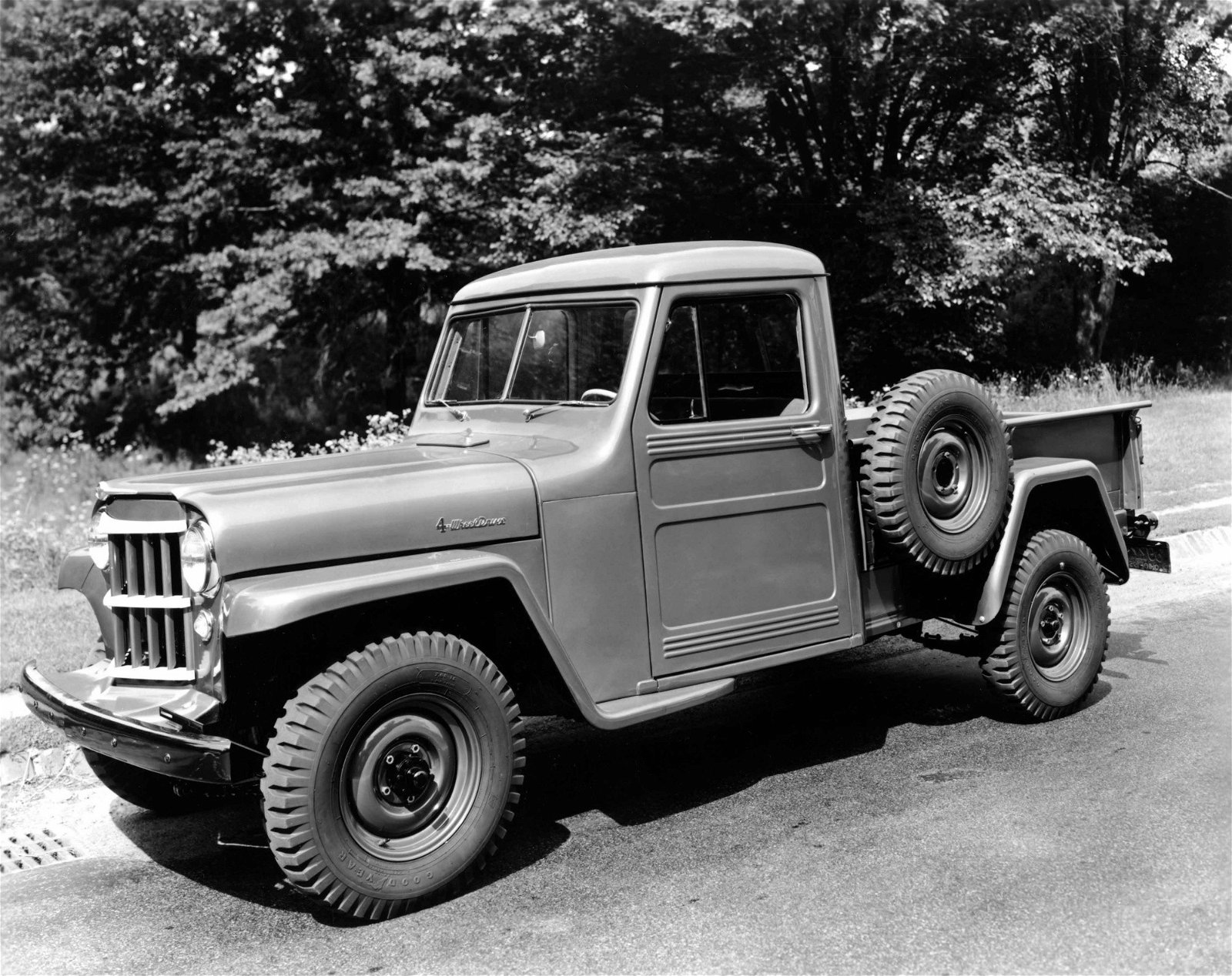
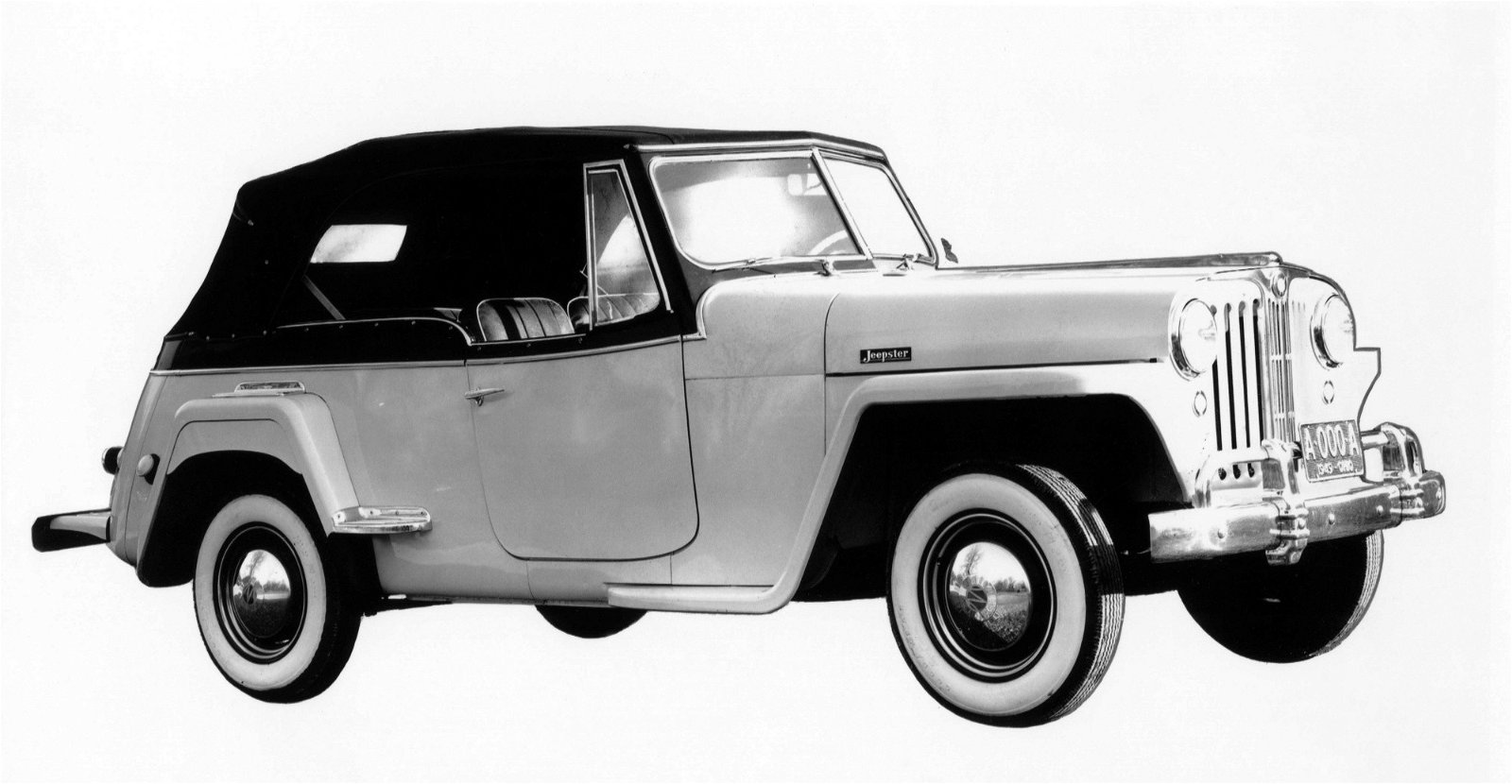
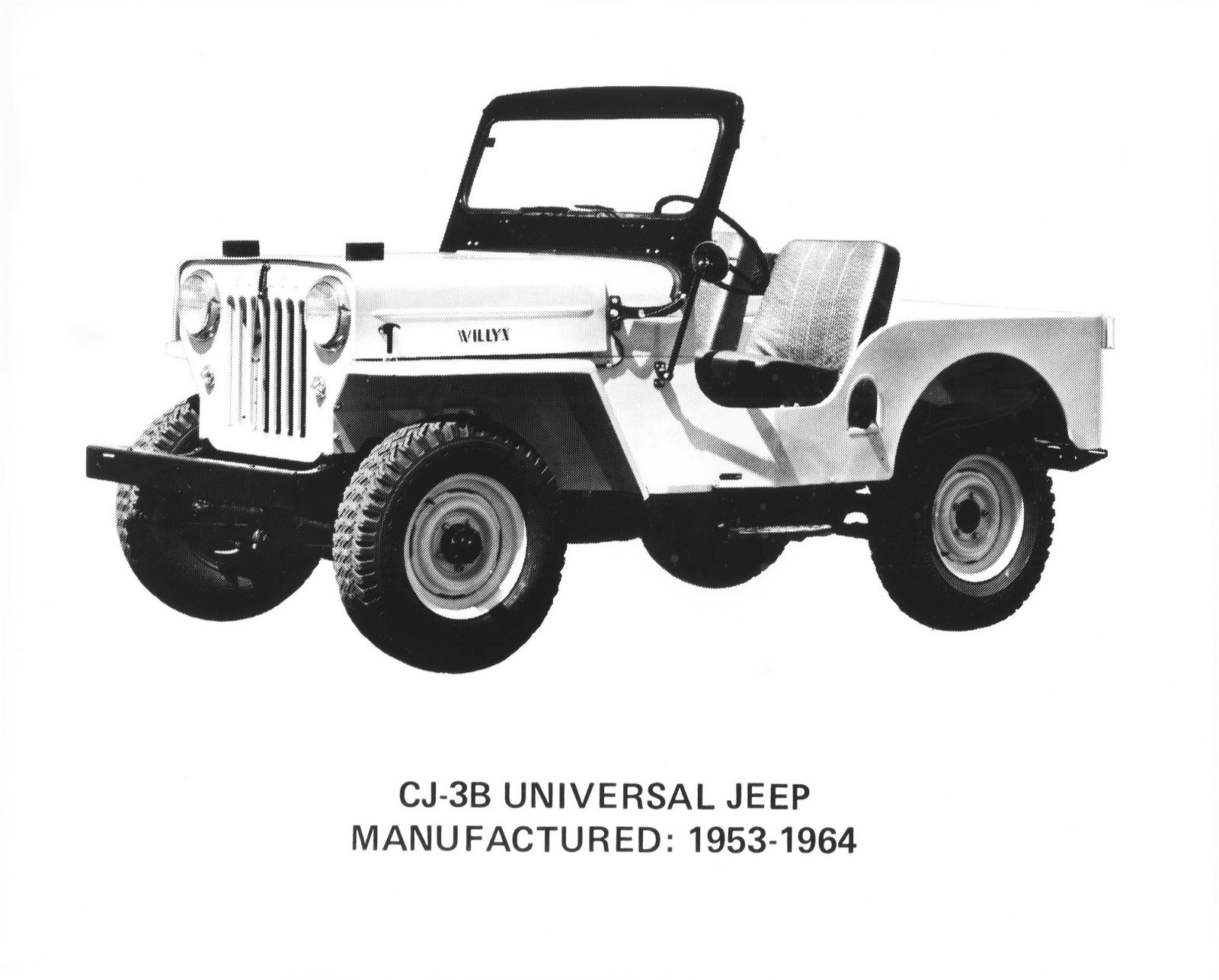
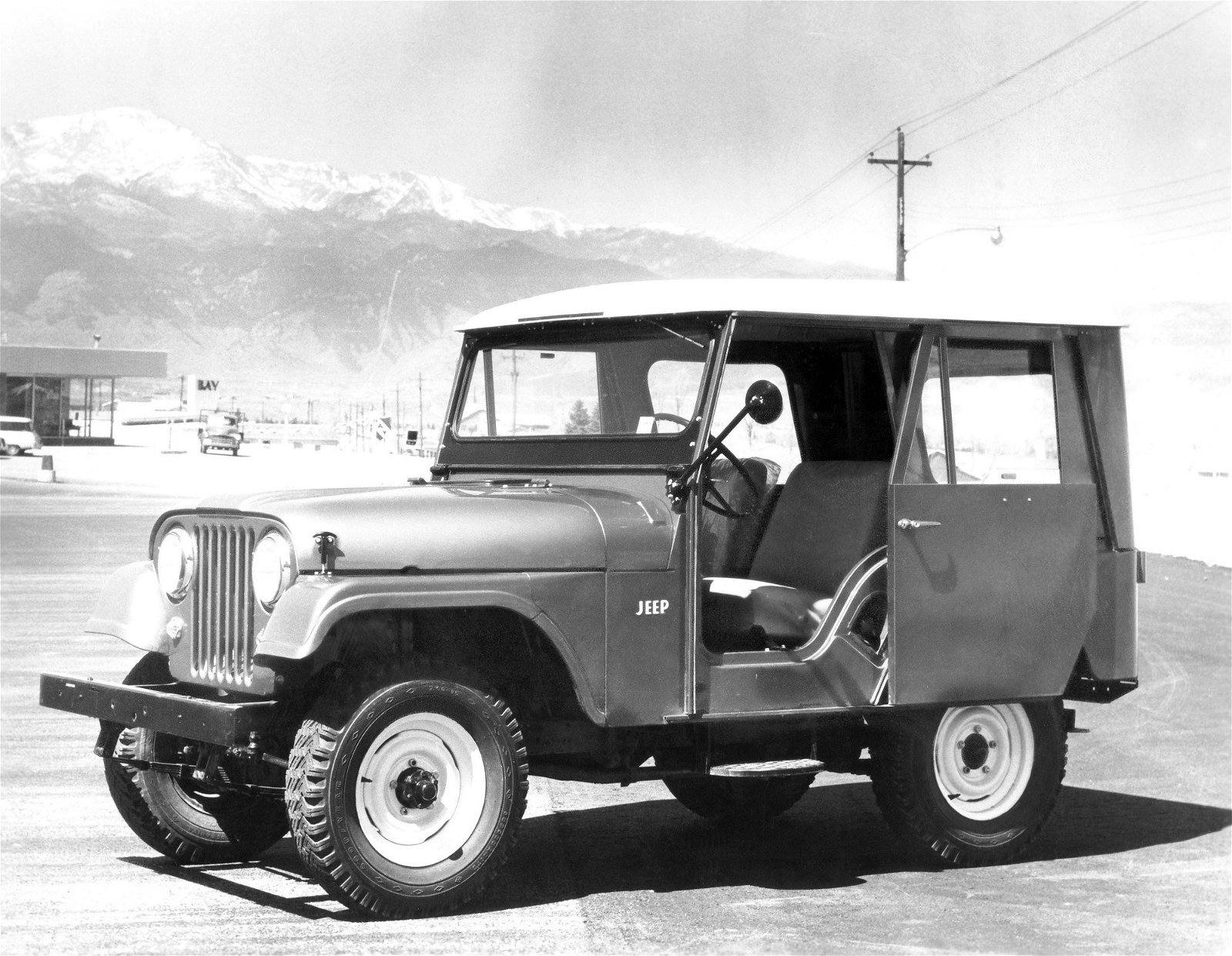
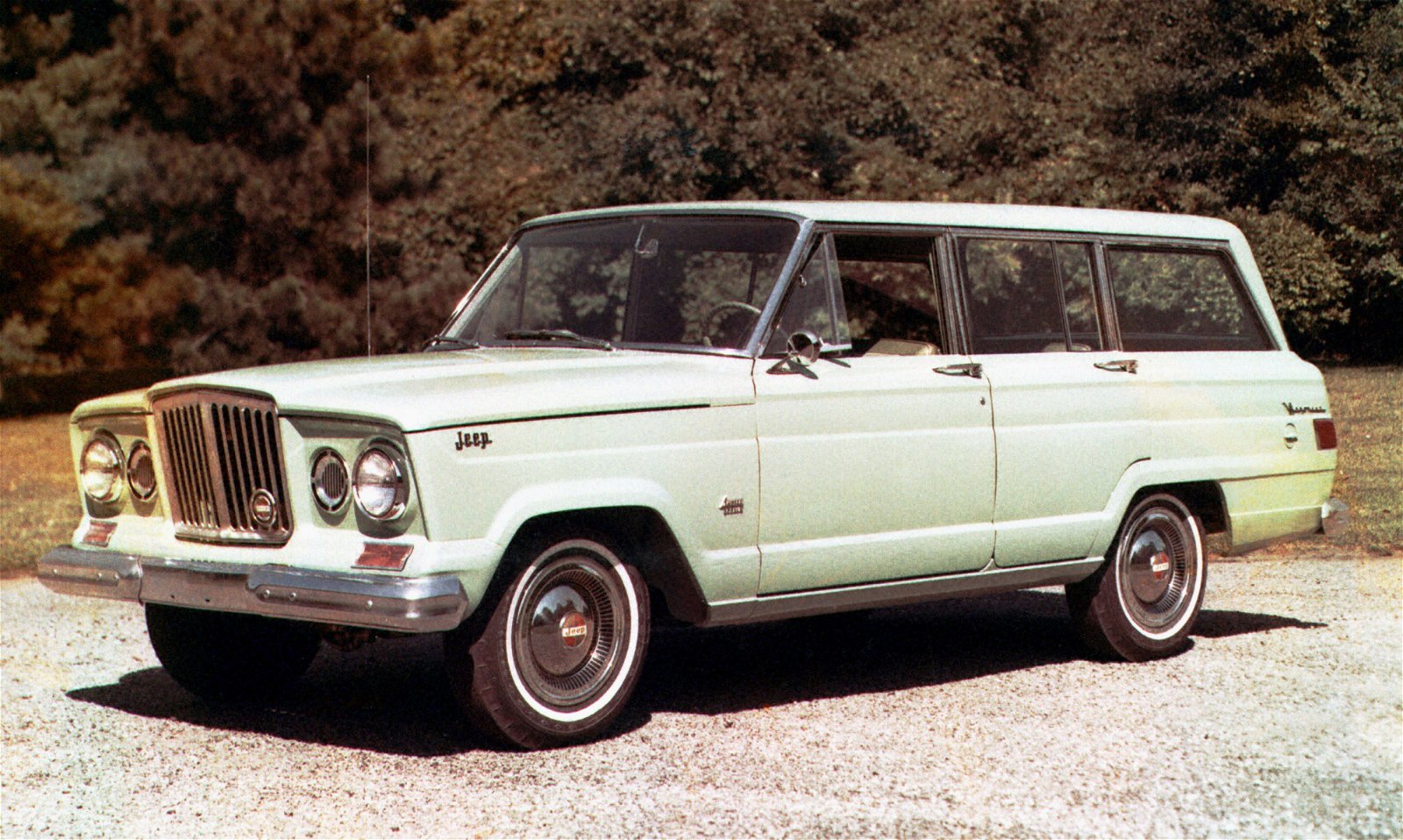
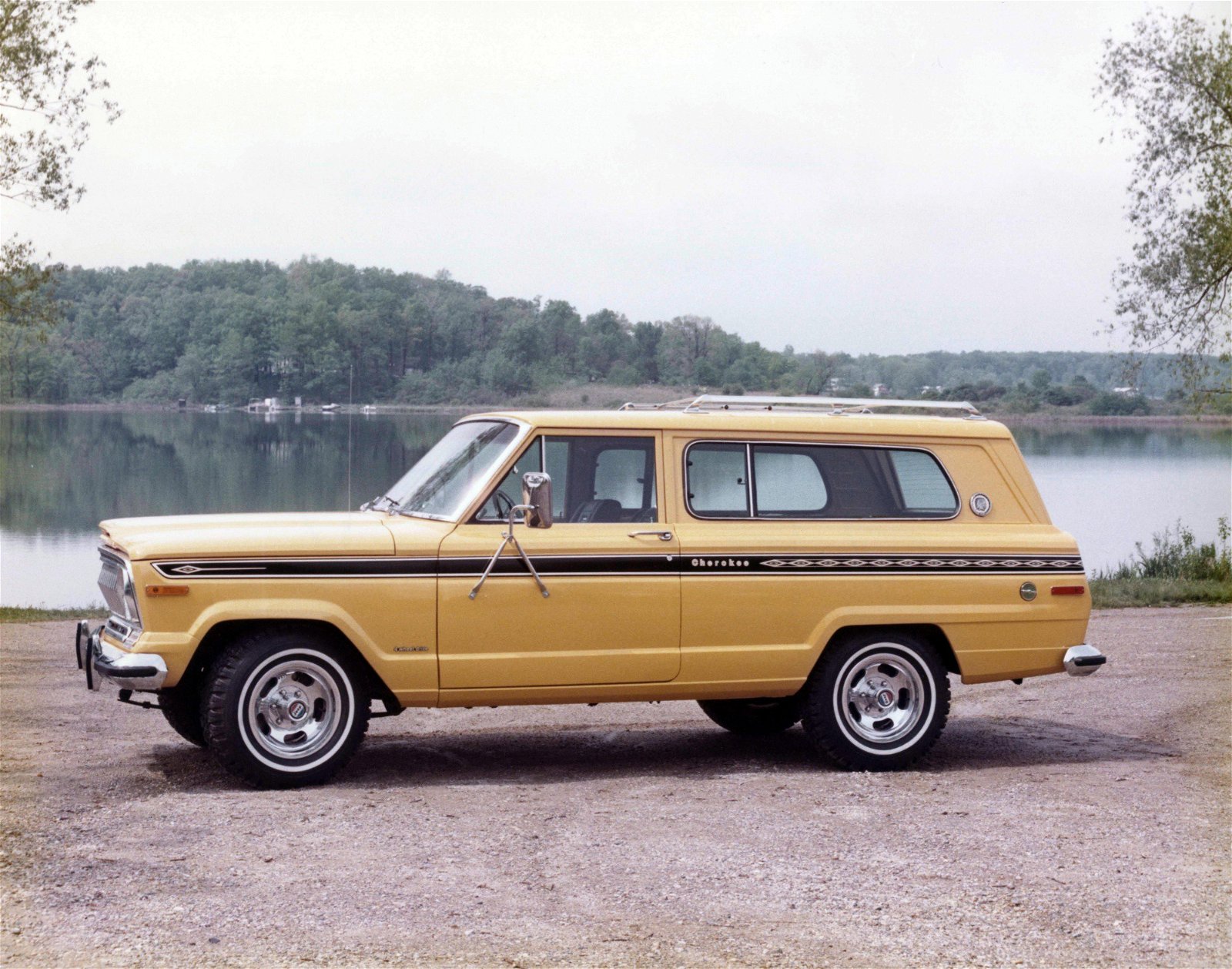
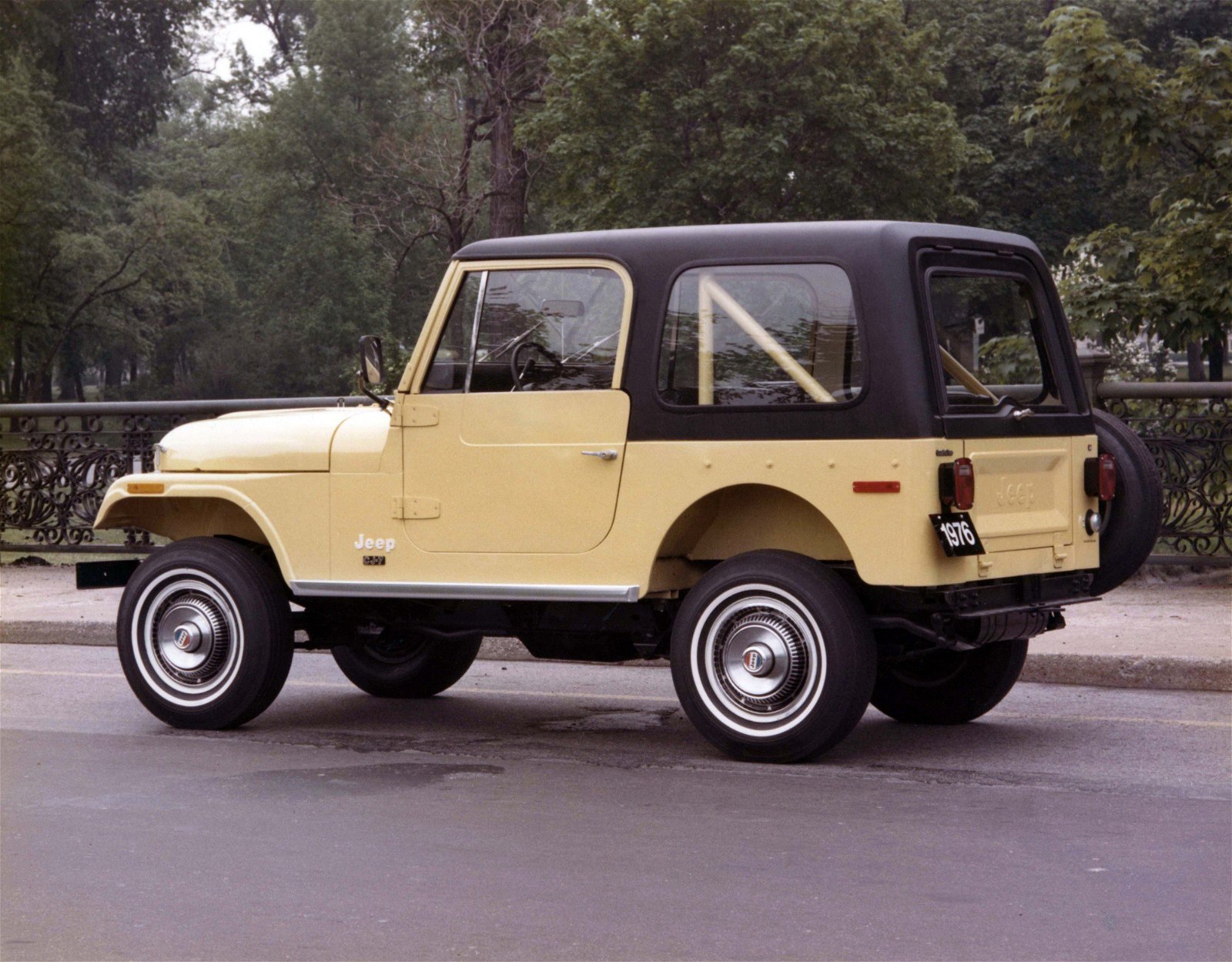
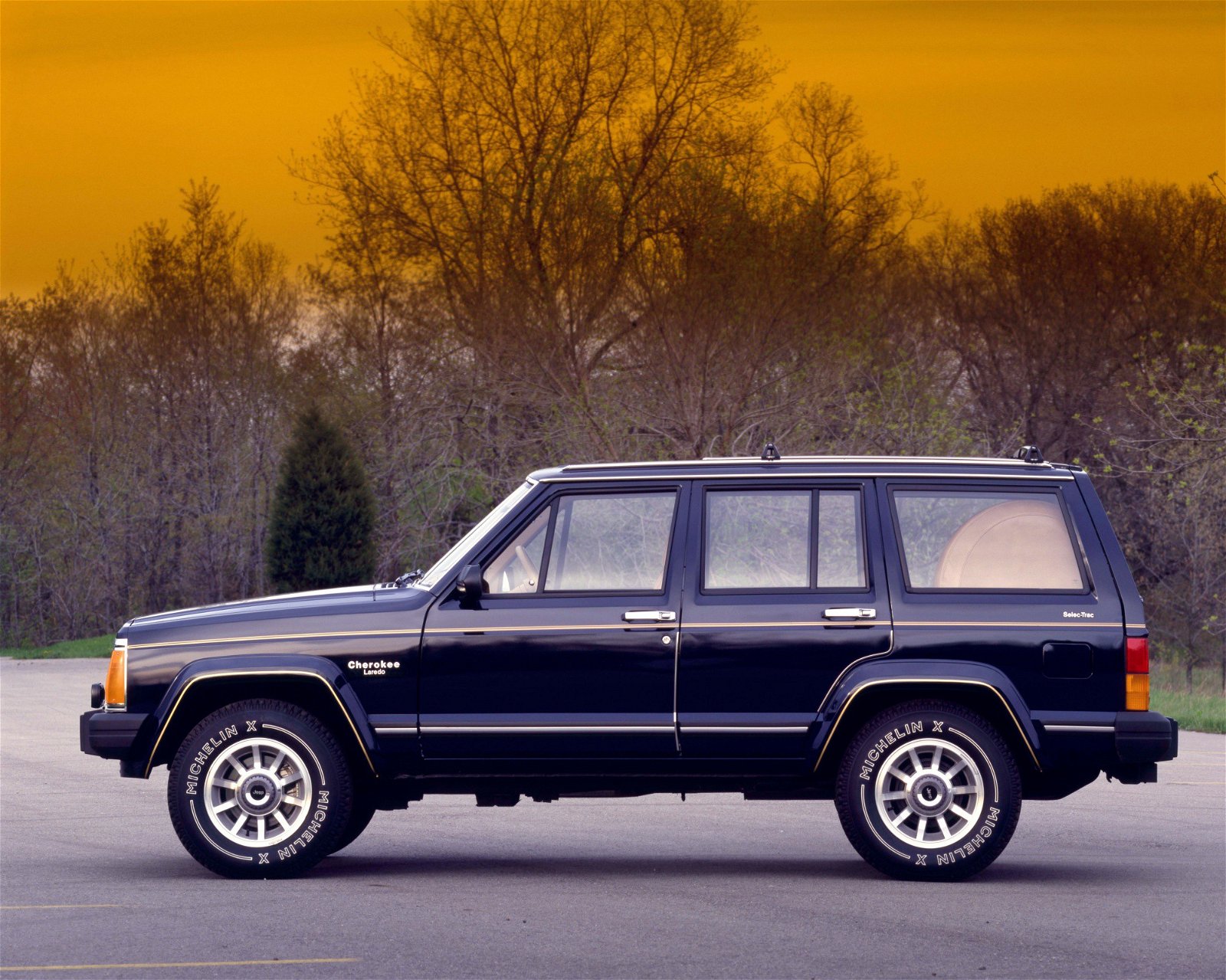

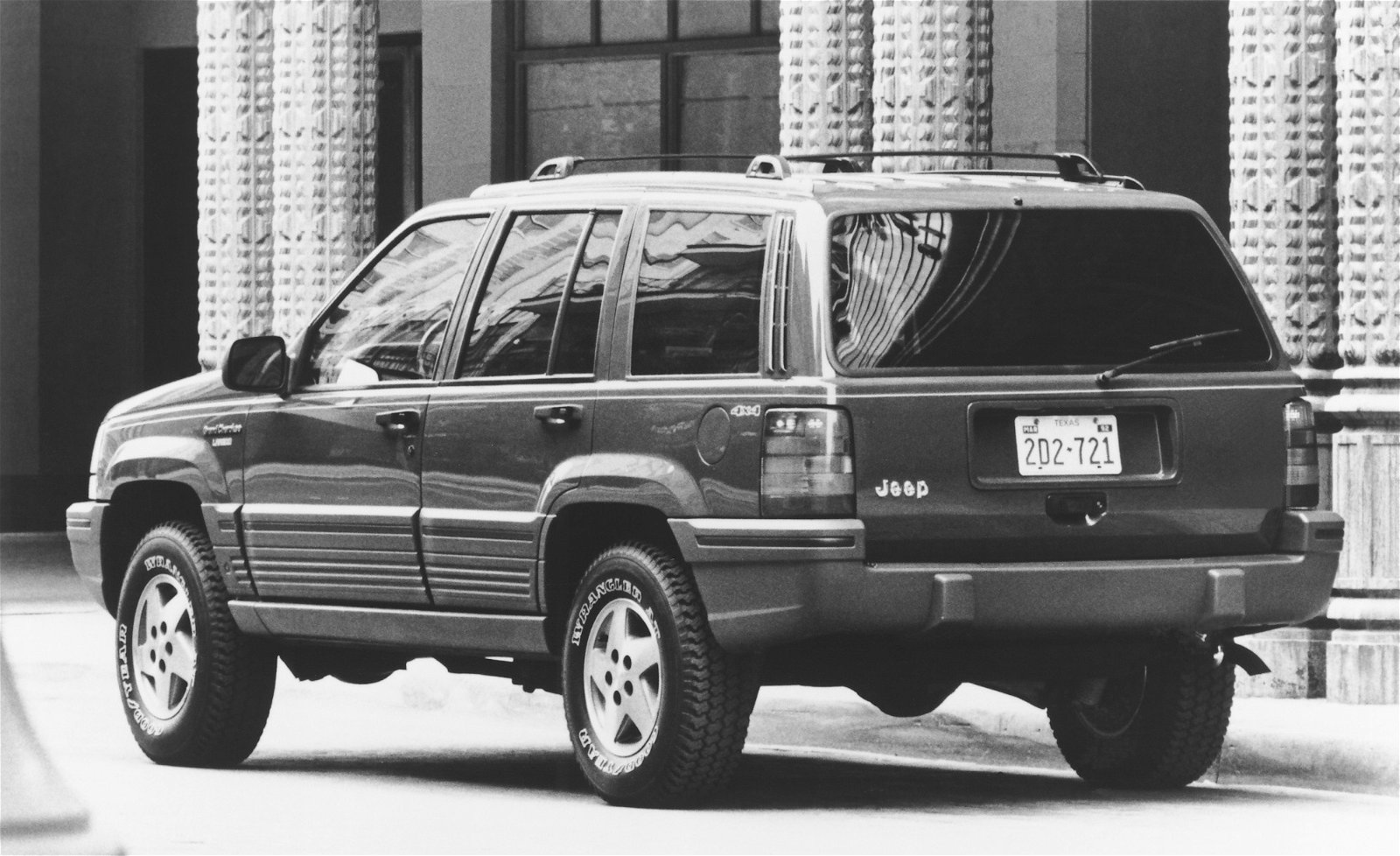
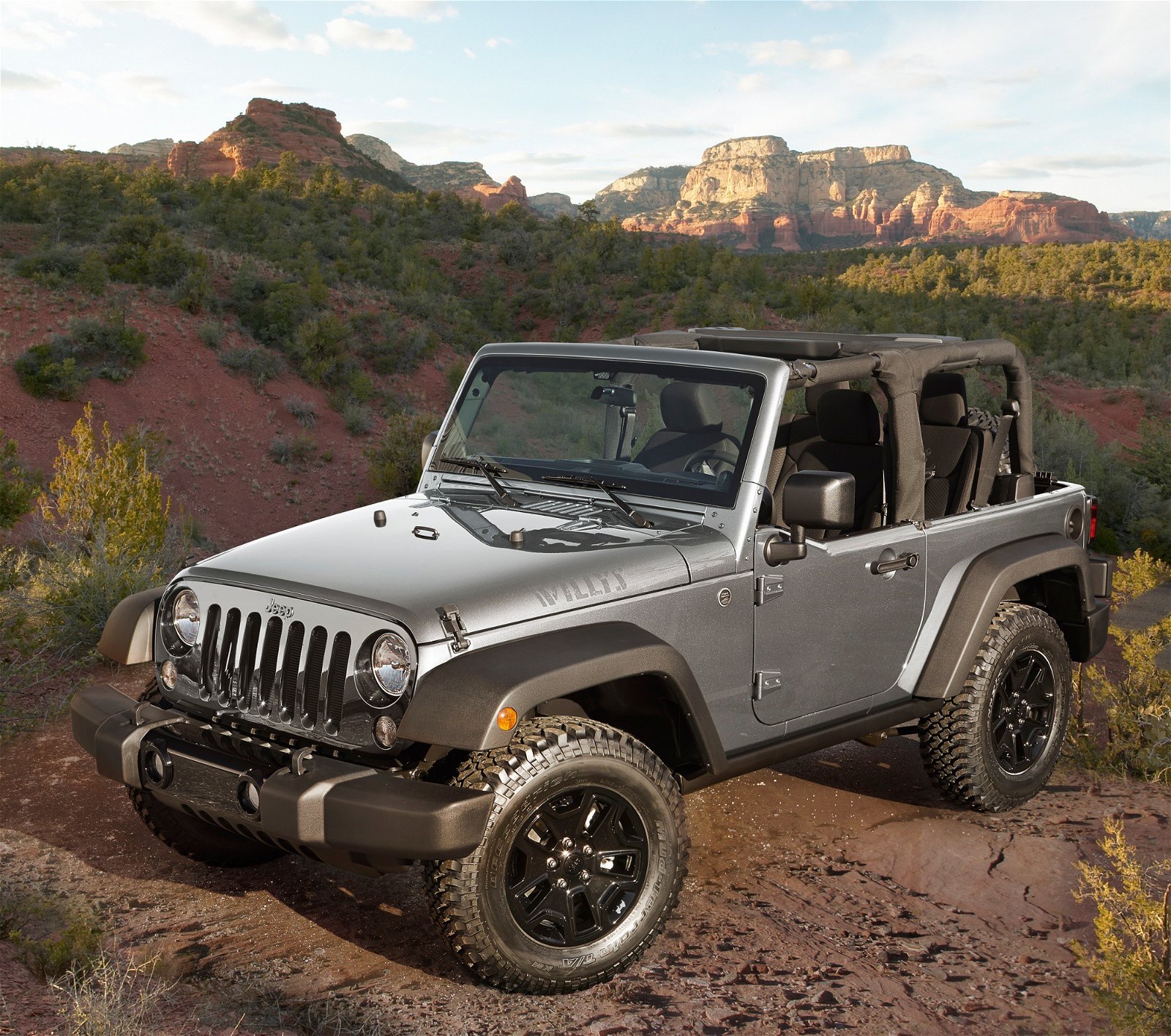
There are few car brands that have stuck so stubbornly to design cues like Jeep has.
Anyone can recognize the hallmark seven-slot grille, which can be seen on every model built today by the American SUV maker. But there are more discreet design elements that had survived since 1941, when the first Willys MB left the assembly line.
Besides the grille, these include the round headlights, trapezoidal wheel arches, and vertical windshield. All these typical design cues are responsible for making a new model instantly recognizable as a Jeep.
For a Jeep fan, it’s interesting to learn how these styling bits came to life. For example, the vertical-slotted grille and the trapezoidal wheel arches, which can be seen on almost every Jeep on sale today, date back seventy-five years.
Vertical-slotted grille: from 9 slots to 7

The traditional ventilation slits were introduced in the early 1940’s when Willys-Overland together with American Bantam and Ford designed the first prototypes of off-road vehicles for the US Army.
The forefather to all Jeep models had a grille made up of vertical bars, with Ford introducing the stamped steel nine-slot grille on its prototype models. The US Army preferred that design and it was standardized on all MB and Ford GP models.
However, after the war, when Willys-Overland introduced the CJ-2A civilian version in 1945, the nine-slot grille was replaced by the classic seven-slot grille. That’s because one of the licensing requirements for the Civilian Jeep was that the vehicle had larger headlights in comparison with the military one. That resulted in the removal of the outer slots, in order to make room for the bigger lights.
… but some Jeeps had up to 13 slots

Since then, all CJ models have featured the seven-slot grille, but many other classic Jeep models, including the Willys Wagon, the Jeep pick-up, the Wagoneer and the Cherokee, used between eight and thirteen vertical slots. The only exceptions were the FC series and the 1966-1973 Jeepster models that featured seven slots. However, since 1998, all Jeep models have sported the iconic seven-slot grille.
Thank a G.I. for the trapezoidal wheel arches

The shape of the wheel arches was dictated by function rather than fashion. Trapezoidal wheel arches were necessary at the time for off-road driving as they also allowed the wheels as much freedom as possible to tackle off-road trails and climb over rocks and extreme obstacles.
Interestingly, the first Jeep models had no protection sheets, which meant that back seat passengers were hit by mud, sand, and stones, depending on the state of the road. The story goes that an American soldier had enough of that and welded a pair of hand-folded sheets above the wheels, with this solution later adopted by the automaker.
Bonnet hinges survived on the Wrangler

The hinges can be seen even today on the Wrangler’s bonnet and they’re not there just for show. They are a technical element with a precise function that work exactly in the same way as they used to 75 years ago.
Put together all these design elements (or at least the seven-slot grille and the trapezoidal arches) and you go from a simple design sketch to a Jeep in no time.
